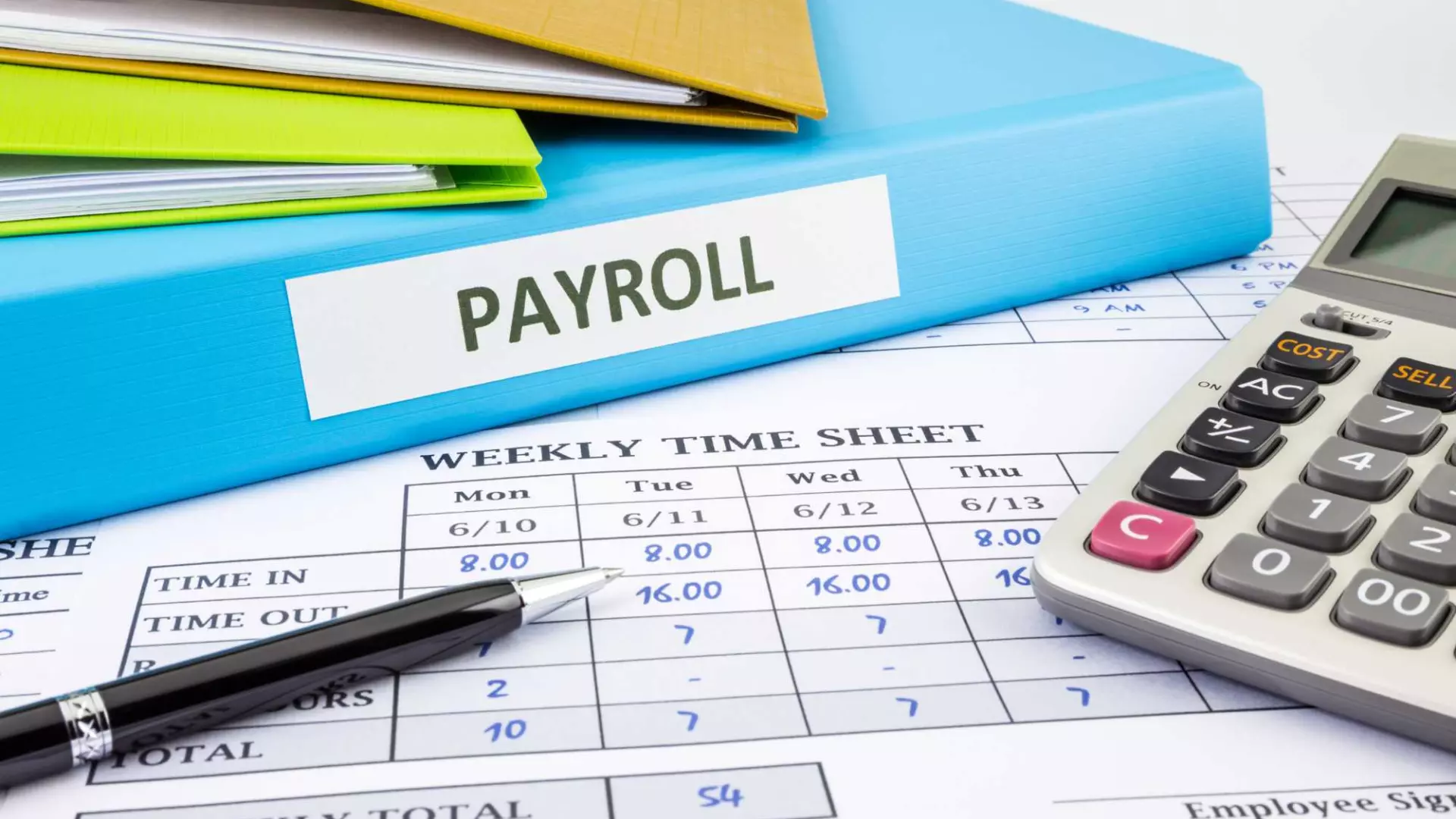Article
Breaking Down a Nanny's Hourly Rate

Breaking Down Your Nanny's Hourly Rate in Australia
You'd think that the question, "So, what's your hourly rate," would always elicit a straightforward answer.
99 times out of 100, people will give you a gross figure that includes what they actually take home added to what they pay in tax. But, sometimes getting the whole picture is a bit more complex.
Find out how to understand nanny hourly pay rates as we crunch the numbers to help you through the complexities of nanny payroll in Australia.
So, Where Does All the Money Go?
Most people who take on a nanny will have an employer/employee relationship with them in which they pay them a salary plus benefits in return for the work they do. For simplicity's sake, let's start with this kind of nanny.
Let's say your nanny has a full or part-time contract with you and you agree to pay them a basic hourly rate of $30.
PAYG and Tax Filing
As their employer, you'll play a big part in helping your nanny meet their end-of-year tax commitments. You'll withhold the relevant pay-as-you-go (PAYG) amounts from the nanny pay rate you've agreed and then submit them to the ATO.
It's vital you register to do this with the ATO before you need to make a payment that is subject to withholding.
There are going to be variations in how much tax gets withheld even on the same hourly rate. The main dependency relates to how many hours you employ your nanny to work. Income tax thresholds and rates vary relative to a person's annual earnings.
A part or full-time nanny on a $30 hourly rate (and earning more than $18,200 a year) should expect to get between around $4 to $6,5 withheld for tax on each $30 (pro rata, based on current tax thresholds and rates).
This is the amount you will then pay to the ATO on your nanny's behalf. The rest will be for them to spend or use as they wish.
Additional Nanny Payroll Extras
As well as their take-home pay and income tax, there are benefits that you'll have to pay and factor in. These are in addition to your nanny's basic hourly rate. The main ones are:
Superannuation
Superannuation or super is the name we use for retirement pension benefit funds. From July 2022, two significant super guarantee (SG) changes began applying. These were:
- An increase in the rate of SG from 10 to 10.5 percent
- The scrapping of the $450 per month eligibility threshold
In most cases, you'd pay the SG into a super account on your nanny's behalf. This is on top of your nanny's hourly rate.
As well as the contributions you make as an employer, your nanny could add to their super by making their own contributions. Your nanny may, for example, ask you to pay part of their pre-tax pay into their chosen super account.
Holidays, Public Holidays and Sick Pay
If your nanny is on a full-time permanent contract for 40 hours over a 5-day week, they'll have an entitlement to 20 days of paid leave per year.
Don't let the word, "permanent" alarm you too much. Both parties can end part or full-time contracts for a whole host of reasons. On top of leave, you'll have to pay your nanny for public holidays, typically 10 a year, even if they don't work them. If they do work on these days, you'll need to pay a substantially higher rate.
You will also have to pay them if they are sick and unable to work. This could be up to 10 days in any given year.
Let's say in year one, your full-time nanny takes all their leave, doesn't work a public holiday and goes sick for 5 days. In effect, you will be paying them for an extra 35 days (20 leave days + 10 public holidays + 5 sick days) or 280 hours per year that they never actually spent in the workplace. That's around 13,5 percent of their working life.
Workers' Comp
This is a mandatory type of insurance, paid by you as an employer. It's there to support your nanny should they get injured while working.
How the support gets administered varies by State and Territory. The average cost is around 1,7 percent of the basic hourly rate. On a nanny pay rate of $30 an hour, you should set aside 55 cents or so to pay for workers' comp. That's on top of the $30 for every hour your nanny works.
Pieces of the Pie in a Nanny's Pay Rate
It might be useful to factor all these additional nanny payroll extras into an hourly rate. If so, the final figure would, of course, be greater than the basic hourly rate that only includes take-home pay and income tax.
But, remember:
- Employer's super, extra hours for holidays and workers' comp are legal benefits that tend to get calculated against your nanny's basic hourly rate ie: a rate that only includes take-home pay and income tax
Slicing it Up
This is classic pie chart territory. Remember staring at those on the school blackboard? Picture it- a pie representing an hourly rate getting cut into different-sized slices that all get swallowed up by a variety of hungry predators.
Let's factor in all these extras, some pro rata, and add them to the basic $30 hourly nanny pay rate. As a reminder, the basic rate only includes take-home pay + income tax.
Pretty soon, by adding in super, holidays, sick pay and workers' comp you could be looking at a pro-rata nanny pay rate that's more like $38-40+ for every hour your nanny works.
Let's take an upper "all-inclusive" $40 hourly nanny pay rate and break it down approximately. Another reminder- this is the rate that includes take-home pay + income tax + benefits:
- $23,5 straight into your nanny's pocket
- $1 in extra voluntary Super contributions
- $5,5 to the ATO in income tax (pro rata)
- = $30 (take-home pay + income tax)
- PLUS
- $6,3 Holiday and sickness pay (pro rata)
- $3,15 "Employer paid" Super Guarantee
- $,55 Workers' Comp
- = $10 (benefits)
- = GRAND TOTAL $40 (take-home pay + income tax + benefits)
The advantage of making this kind of calculation is that it gives you a bottom line. It helps you budget for the actual cost of employing your nanny.
Casuals and Contractors
One of the issues that makes dissecting hourly rates confusing is that you can pay nannies in different ways. In the vast majority of cases, this will be as above. However, there can be exceptions.
In these cases, most nannies will declare their incomes to the ATO and pay their taxes independently, usually by putting money aside each month.
You should always seek professional advice before embarking on any verbal or written agreement with someone who will play a part in your children's future welfare. That applies no matter what kind of worker they tell you they identify as, and especially if they say they are a contractor or casual nanny.
Why Contractors and Casuals Hourly Rates Can Be Higher
Their hourly rate may resemble that commanded by a full or part-time nanny on a permanent contract BUT the higher one that includes all the benefits.
They may demand extra to compensate for their lack of entitlement to holiday or sick pay, for example. Super and workers' comp at the usual rates both need paying however you employ your nanny. When it comes to contractors, the advice from the ATO is straightforward.
It says that if you're mainly paying contractors for their labour, for superannuation guarantee (SG) purposes, they are employees. The ATO makes clear that it makes no difference if the contractor has an Australian business number (ABN).
Casual nannies tend to get the mandatory super factored into a higher hourly rate along with an allowance for not having an entitlement to the holiday and sick pay employees get.
This "casual loading" figure is typically 25 percent on top of what a fully-fledged, permanent part or full-time employee would expect to receive as a basic hourly rate.
Be Wary of Paying in Cash
Although it is technically possible and legal to pay a nanny in cash, it may actually make things more complicated.
It could also add an element of unnecessary risk. If you're considering it as a way to reduce the cost of taxes and other benefits, the advice is simple: don't do it, ever!
The ATO has several related articles and useful tools on its website designed to help us through the hoops of paying people in different ways:
- Find out here what an employee should expect of you if you pay them in cash
- Use this tool to decide if a person is an employee or a contractor
- Use this tool to determine if you should make superannuation contributions
Outsource Payroll to Pay The Nanny
The rules around employing people in Australia are strict. Get things wrong and you could be in for a nasty surprise and a knock at the door from the ATO.
There is a solution.
Use a nanny payroll service like Pay The Nanny. Get in touch with us and let us sort it all for you. You can then relax knowing that you've had everything done by the book.
Find out here how we can also manage the payroll of all your other domestic workers, from gardeners to cleaners.

Hourly Rates for Nannies in Australia 2023

Hourly Rates for Nannies in Australia in 2022

How much should I pay a nanny in Australia in 2024?

8 Tips for Getting Childcare Sorted for 2022
